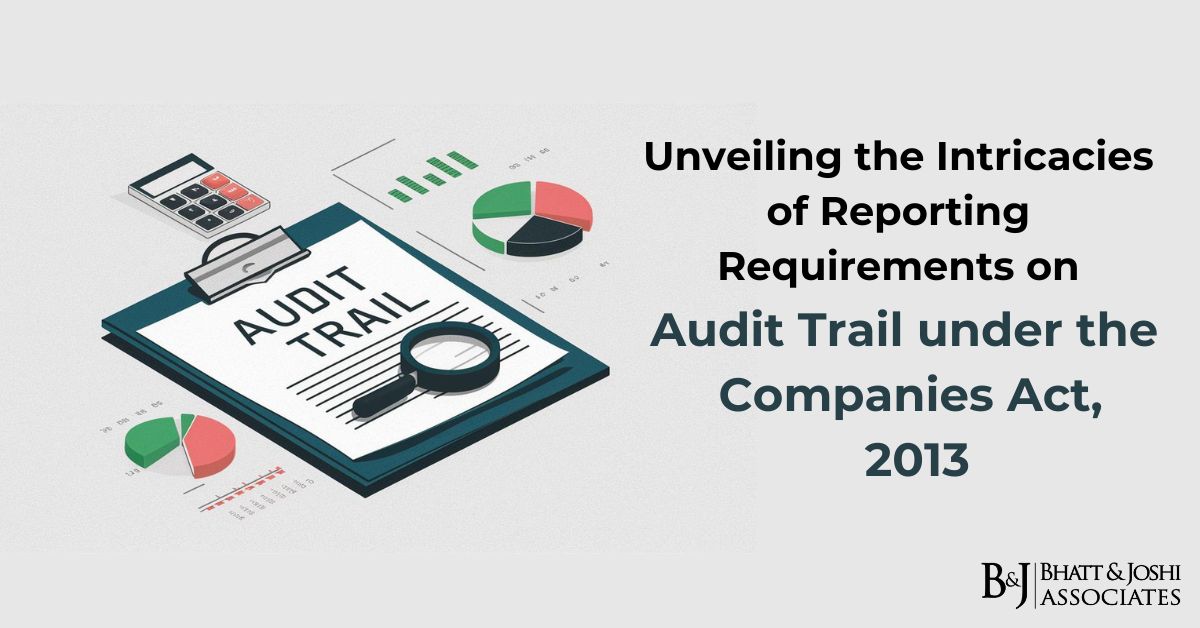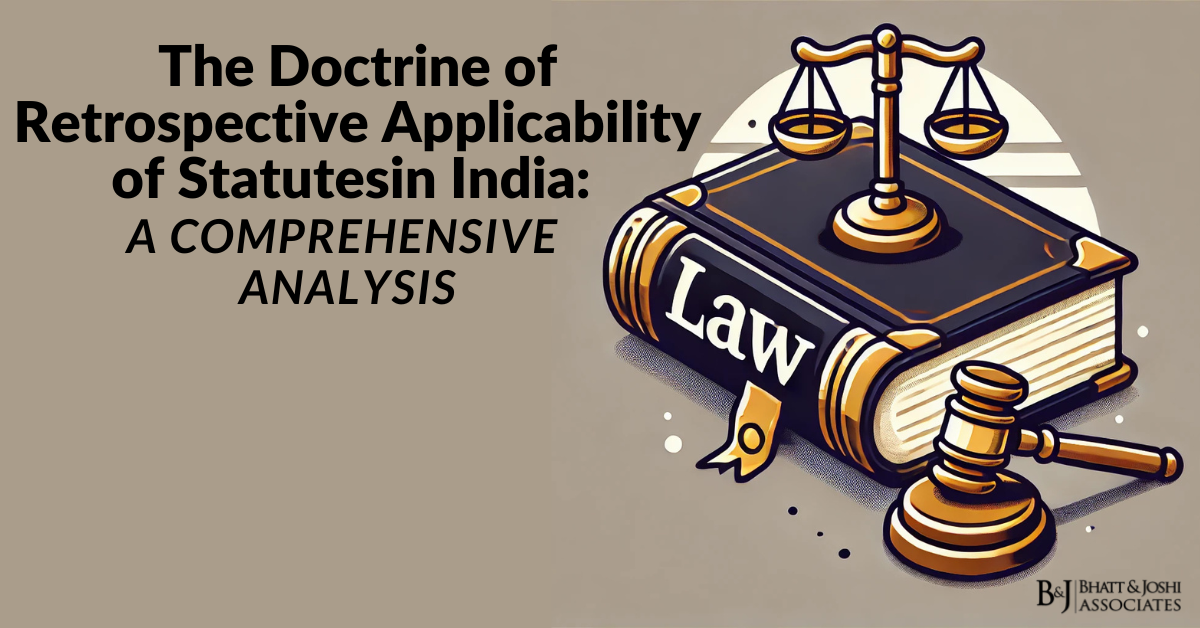
Introduction
In the intricate landscape of corporate governance, the audit trail emerges as a beacon of financial transparency and accountability. Embedded within the regulatory framework of the Companies Act, 2013, the reporting obligations pertaining to the audit trail serve as a bulwark against financial malfeasance and underscore the imperative of maintaining pristine financial records. This comprehensive analysis delves into the nuanced nuances of the recent amendments to the Companies (Audit and Auditors) Rules, 2014, elucidating the intricacies of compliance and the attendant responsibilities entrusted upon auditors.
Background: Understanding Audit Trail under Companies Act
The Companies Act, 2013, represents a seminal legislative enactment aimed at fortifying corporate governance standards and enhancing transparency within corporate entities. Central to this legislative framework is Section 143(3), which mandates auditors to report on various prescribed matters, thereby bolstering the efficacy of financial audits. Clause (j) of Section 143(3) empowers auditors to report on matters as prescribed by law, laying the groundwork for meticulous scrutiny of financial records. Subsequently, the promulgation of Rule 11(g) of the Companies (Audit and Auditors) Rules, 2014, marked a pivotal milestone, delineating the imperative of maintaining an audit trail within accounting software.
Deciphering Compliance Requirements for Audit Trail under Companies Act
Rule 11(g) of the Companies (Audit and Auditors) Rules, 2014, assumes paramount significance in delineating the reporting obligations vis-à-vis the audit trail feature within accounting software. This provision mandates companies to employ accounting software endowed with an audit trail feature, ensuring the comprehensive recording of all financial transactions. Furthermore, the proviso to Rule 3(1) of the Companies (Account) Rules, 2014, reinforces this mandate, stipulating the compulsory adoption of audit trail-enabled accounting software by companies from April 1, 2023, onwards.
Analysis of the Amendments
- Rationale Behind Dual Amendments: The dual amendments, comprising Rule 11(g) and the proviso to Rule 3(1), address distinct stakeholders—auditors and auditees—clarifying their respective obligations and timelines for compliance. By delineating the responsibilities of auditors and companies, these amendments foster clarity and coherence in regulatory compliance.
- Effective Date and Applicability: While Rule 11(g) came into effect from April 1, 2022, the implementation of the proviso to Rule 3(1) was deferred to April 1, 2023. Consequently, auditors are mandated to report on the audit trail feature from the financial year commencing April 1, 2023, onwards, ensuring a phased approach to compliance.
- Continuous Enablement of Audit Trail: The mandate for the uninterrupted operation of the audit trail feature throughout the financial year underscores the imperative of comprehensive coverage of all financial activities. Regardless of transactional volumes or periodic fluctuations, companies must ensure the continuous enablement of this critical feature.
- Responsibility of Maintenance: The onus lies squarely with the management to ensure the adoption of accounting software equipped with audit trail capabilities. By safeguarding against tampering or disabling of the audit trail feature, companies uphold the principles of financial integrity and accountability.
- Global Hosting of Software: The geographical location of the software’s hosting—whether within or outside India—does not absolve companies from compliance, provided they are incorporated in India. This provision ensures a level playing field for all companies, irrespective of the location of their software infrastructure.
- Reporting Framework: Auditors are tasked with reporting on the audit trail feature under the section ‘Report on Other Legal and Regulatory Requirements’, facilitating meticulous scrutiny of compliance. By incorporating this reporting requirement into the broader audit framework, regulators ensure enhanced transparency and accountability in financial reporting.
- Scope of Audit Trail Coverage: The audit trail requirement extends to all transactions, including consolidated financial statements, necessitating meticulous documentation and preservation. By encompassing all financial activities within its purview, the audit trail serves as a bulwark against fraudulent practices and erroneous manipulations.
- Preservation Period: Audit trail records must be preserved for a minimum of eight years, aligning with statutory requirements and facilitating regulatory oversight. This extended preservation period ensures the availability of historical financial data for regulatory scrutiny and audit trail verification.
Conclusion
In navigating the labyrinth of reporting requirements on audit trail under companies act, stakeholders must navigate with diligence and foresight to ensure seamless compliance with regulatory mandates. As auditors assume the mantle of financial guardianship, adherence to prescribed procedures and meticulous documentation emerges as paramount. By embracing the imperatives of transparency and accountability, corporate entities can engender trust and confidence in their financial stewardship, thereby fortifying the edifice of corporate governance.













